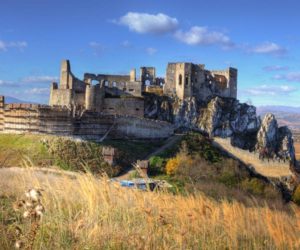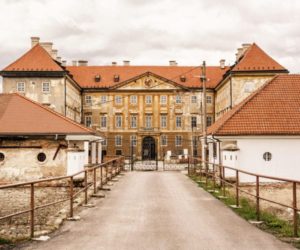Slovakia is located in Central Europe (also known of Heart of Europe) bordering the Czech Republic and Austria to the west, Ukraine to the east, Hungary to the south, and Poland to the north.
Most of Slovakia is covered with mountains, all of which are part of the Beskids and Carpathian Mountains, which cover most of the northern half of the country. Close to the Polish border are the Tatra Mountains, a popular mountaineering and skiing area, and home to many of the country’s most beautiful lakes and valleys.
These include the longest river, the Vah, 387 km long, and the Danube, which is the bridge between two European cities, Vienna in Austria and Budapest in Hungary.
Agricultural lands are also one of the most important areas of Slovakia, which covers the south and east of the country, and the most important products of this region include rice, wheat, sugarcane, corn and potatoes.

Slovakia is now a member of the European Union, the Eurozone, the Schengen area and NATO.
About 81% of the country’s population is made up of Slovaks, 5.8% of the rainforests and 2% of the Roma (Gypsies).
About 13 percent of Slovakians are atheists, and about 10 percent did not vote in the polls.
The rest of the population is Christian, with most of them being Roman Catholic.
The currency of this country is Euro. Its official language is Slovak, which is an Indo-European language and belongs to the Slavic language family.
Geography and weather of Slovakia
Geography:
Area: 49,035 square kilometers (277th country in the world).
Most of the country is covered with mountains.
And these mountains are all part of the Baskid and Carpathian Mountains and cover most of the northern half of the country.
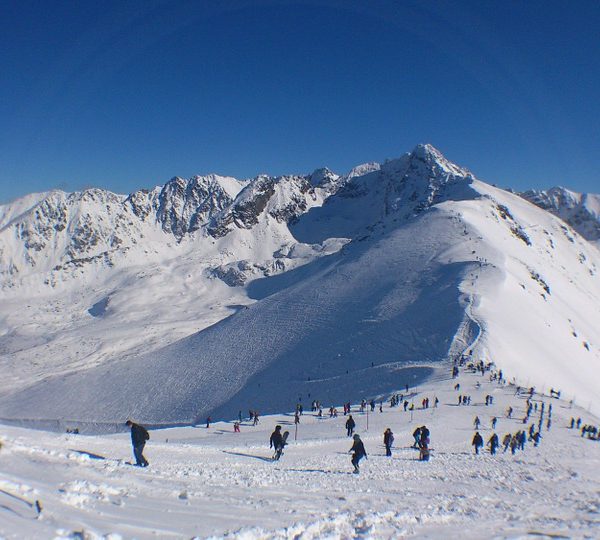
The low plains are located only in the southwest of the country, which is part of the Pannonian Plateau.
The Tatra Mountains, with 20 peaks higher than 2,500 meters, form the highest part of the Carpathian Mountains.
The highest point in Slovakia is Glach Peak with a height of 2655 meters.
It also has hundreds of caves among its mountains, 15 of which are open to the public.
The 6 Slovak caves inscribed on the UNESCO World Heritage List are as follows:
- Dobšinská Ice Cave.
- Domica Cave.
- Gombasecká Cave.
- Jasovská Cave.
- Krásnohorská Cave.
- Ochtinská Aragonite Cave.
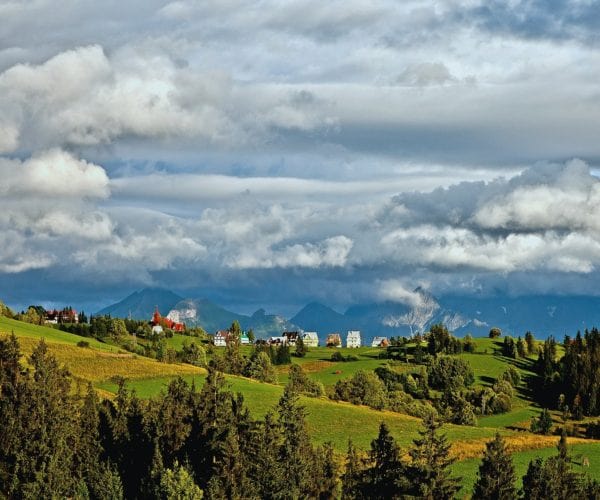
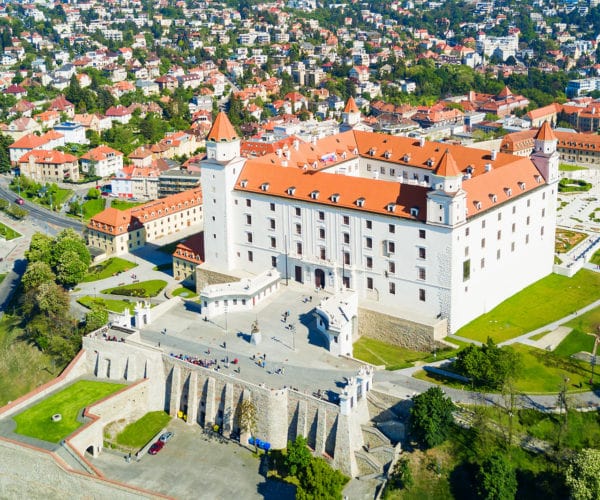
Weather of Slovakia:
The average annual temperature is about 9-10 degrees Celsius.
The average temperature of the warmest month is about 20 degrees and the average temperature of the coldest month is more than -3 degress centigrade.
Mountainous climate can be seen in the mountains and in some villages in the valleys of Urawa and Spanish.
Slovakia’s important cities after Bratislava are Kosice, Nitra, Persov and Zilina.
Tourism in Slovakia
Bratislava has a relatively dry climate, with a wide range of temperatures in summer and winter.
Which makes this city a great tourist destination with various sights and activities.

Some of the many attractions and excursions in Bratislava for its visitors:
Markets
Spring Exhibitions
Summer festivals
Christmas Markets
River cruises all year round
Skiing and skating in winter
Beautiful architecture, excellent and cheap food and the warmth of its people are some of the best assets of Bratislava.
Bratislava was once known as a trilingual city in Slovakia where its inhabitants could easily switch between languages:
German, Hungarian and Slovak have changed languages, but few are fluent in English.
Nevertheless, they welcome the visitors with open arms.





